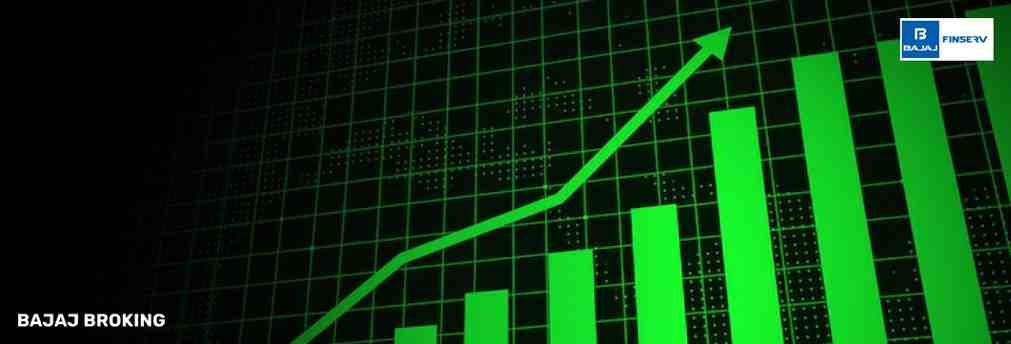An exchange-traded product (ETP) is a publicly traded security, like a bond or a share, which can be traded on a stock exchange. An ETP tracks the value of other assets, like stocks, commodities, bonds, or indexes.
Hence, if you purchase an ETP, you gain exposure to the asset class it tracks without owning that asset class. An investment in an ETP is passive in nature. Besides, it comes at a lower fee than active mutual funds and index funds.
The key thing to remember about ETPs is that their trading price is based on their underlying investments. An ETP can track any number of underlying assets, from a few to hundreds. If you are keen on exchange-traded products, read this blog, as it takes a deep dive into this topic. Besides, it will also explain what an ETF is with the help of examples.
Types of Exchange-Traded Products
Some of the most popular types of exchange-traded products are described below:
a) Exchange-traded funds (ETFs) - ETFs invest in various assets, like bonds, stocks, or commodities. They are similar to mutual funds in the sense that they also collect funds from several investors and then invest the corpus in various kinds of assets. That said, ETFs usually track an index, like Nifty 50 or Sensex, which makes them a passive investment option. ETFs trade on a stock exchange, but mutual funds do not. An investor can purchase or sell ETF units anytime when the stock market is open for trading Account.
b) Exchange-traded notes (ETNs) - ETNs track an underlying index and trade on prominent stock exchanges, just like ETFs. That said, unlike ETFs, ETNs track unsecured debt securities. Besides, they are issued as bonds. Hence, if you invest in ETNs, you will earn a return based on the return generated by the tracked index at maturity. The value of ETNs is also affected by their issuer’s creditworthiness.
c) Exchange-traded commodities (ETCs) - ETCs enable investors to gain exposure to commodities, like agricultural products, precious metals, etc. Besides, ETCs trade on stock exchanges, which means that investors can easily trade them, just as they can trade stocks. By investing in ETCs, investors can gain exposure to several commodities without actually owning them. Hence, they can capitalize on the price movements of commodities without physically buying or storing them.
Growth of Exchange-Traded Products
In recent years, exchange-traded products (ETPs), like exchange-traded-funds (ETFs) and exchange-traded notes (ETNs), have grown steadily. Their key features are that they trade on a stock exchange; besides, they aim to provide a return that closely follows the return of an index, commodity, bond, share, or any other asset.
ETFs, in particular, have become quite popular in India because of their advantages like low cost, transparency, and ease of trading. ETFs are popular because market participants can trade them on stock exchanges through their demat accounts. Besides, they invest in multiple shares like a mutual fund.
Meanwhile, Indian investors are increasingly getting aware about passive investing, which makes them attracted towards ETPs. Being passive in nature, exchange-traded products are more cost-effective than actively-managed mutual funds.
Examples of Popular ETFs
Having learnt what an ETF is, let us discuss its examples in India:
a) Central Public Sector Enterprises Exchange Traded Fund (CPSE ETF): This is a popular ETF in India, which tracks the Nifty CPSE index that was created to help the central government to divest a part of its stake in a few CPSEs.
b) UTI S&P BSE Sensex ETF: This ETF tracks BSE Sensex, one of the major stock market indexes in India. Hence, this fund aims to generate the kind of returns earned by BSE Sensex.
c) Bharat 22 ETF: This exchange-traded fund tracks the S&P BSE Bharat 22 Index, which is composed of the stocks of 22 listed CPSEs. Hence, investors can gain exposure to these CPSEs by investing in this ETF.





